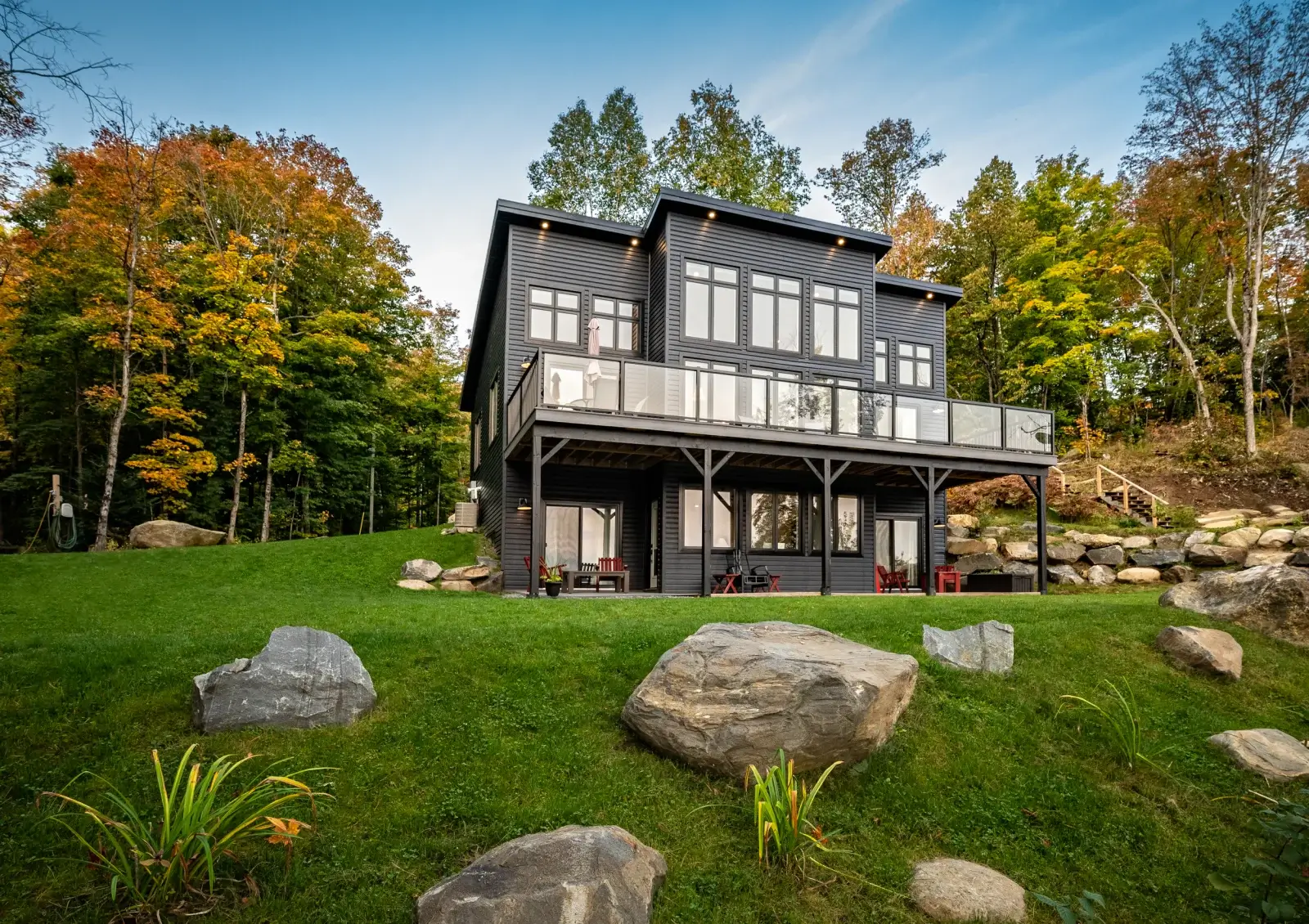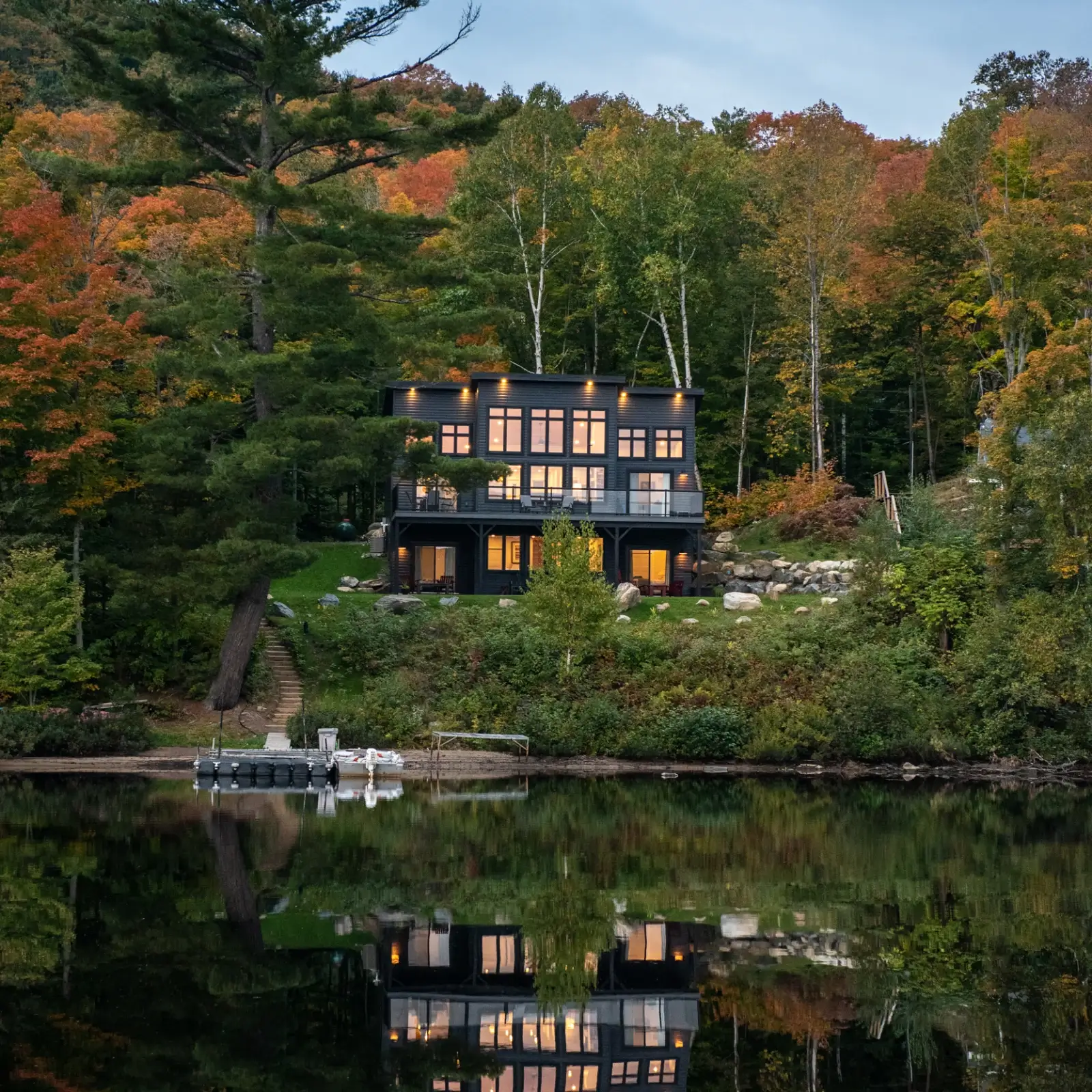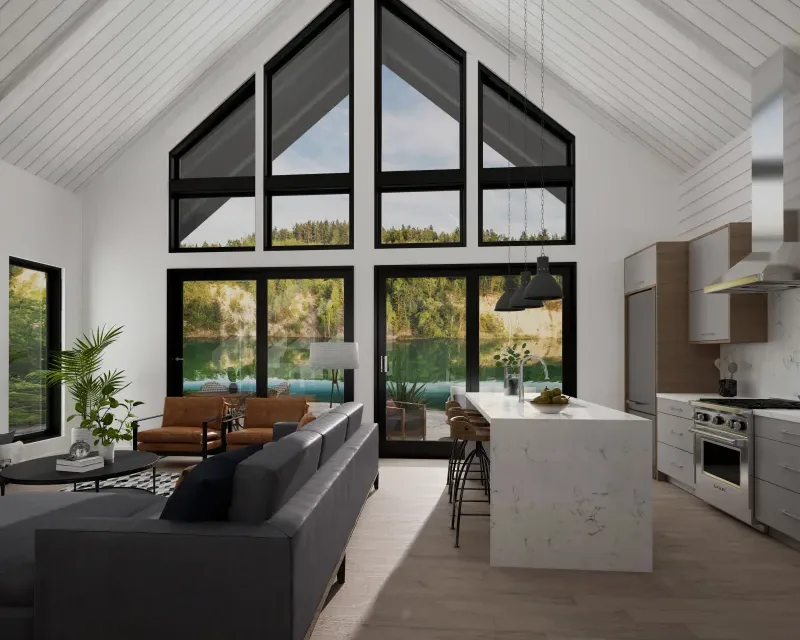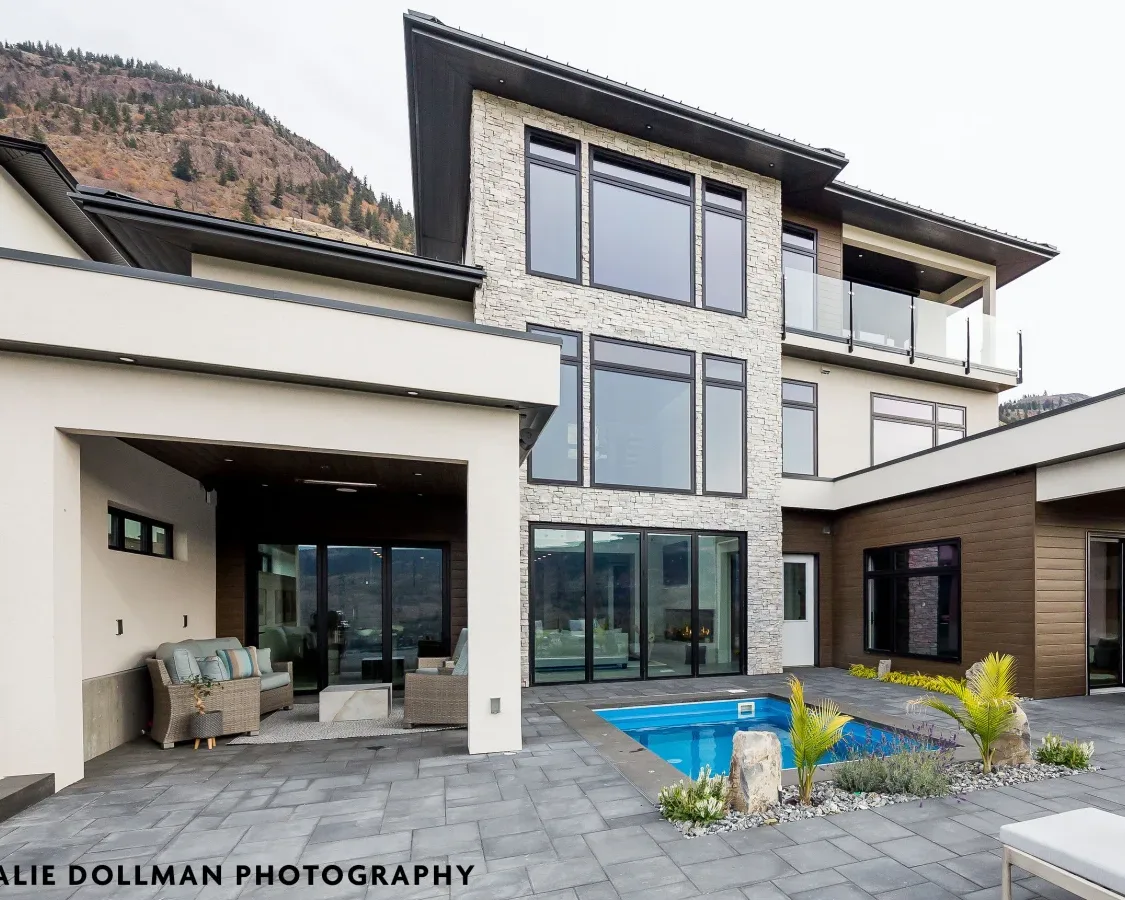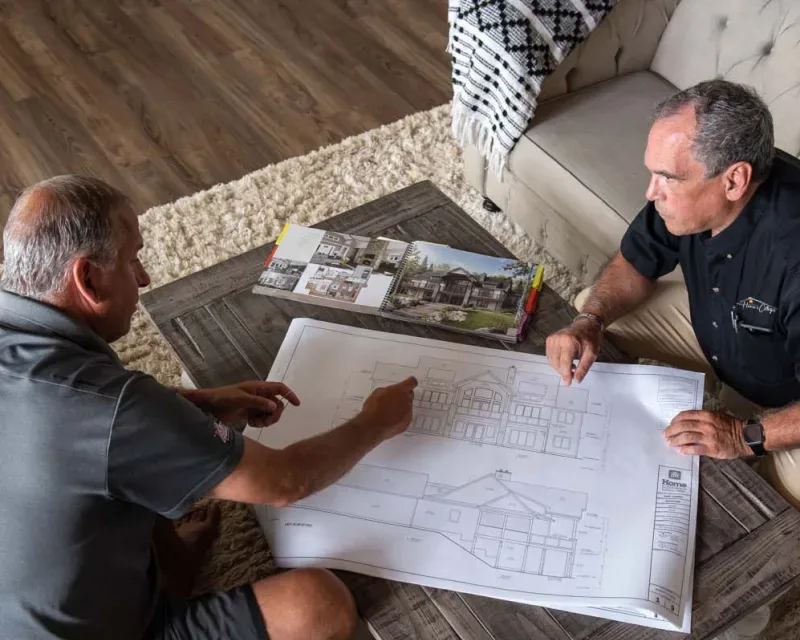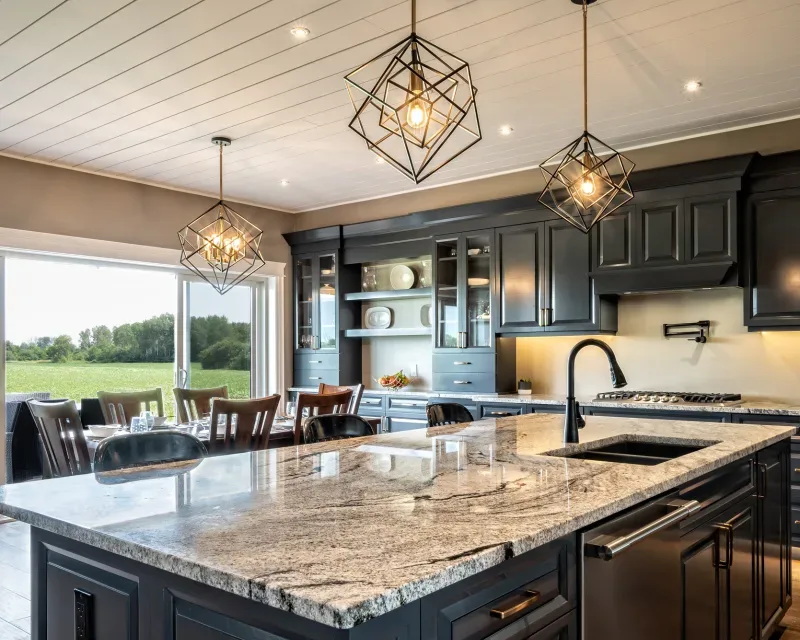
Owning a waterfront property is a dream for many, and maximizing its potential requires thoughtful design considerations. Whether you have a lakefront, riverfront, or oceanfront property, the unique characteristics of waterfront locations demand a strategic approach to create a harmonious and functional living space. This article explores key design considerations to help you make the most of your waterfront property.
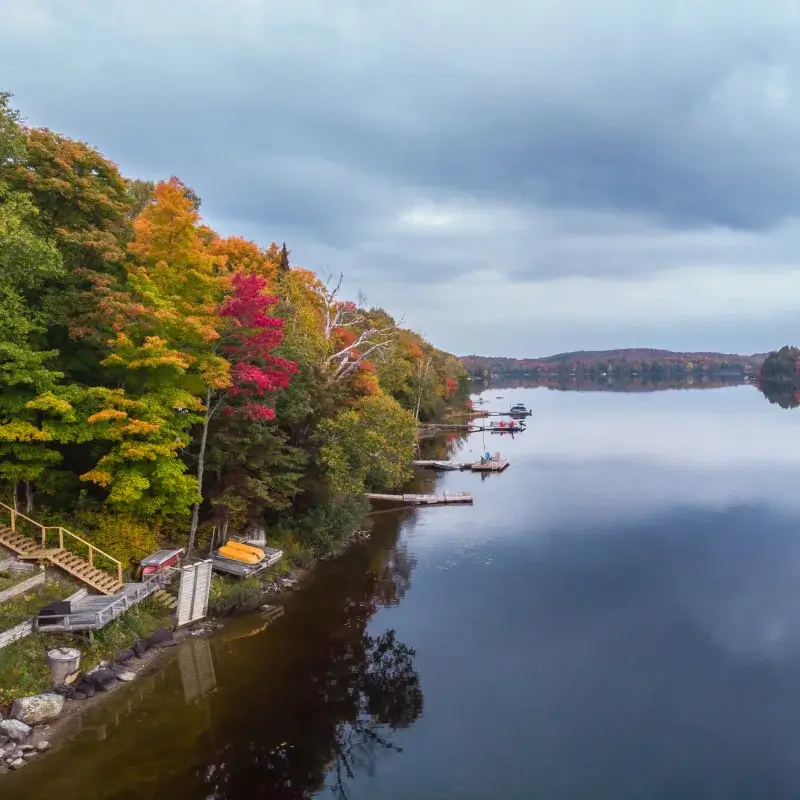
1. Site Analysis:
Before diving into the design process, conduct a thorough site analysis to understand the natural features, topography, and climate of your waterfront property. Identify the prevailing winds, sunlight patterns, and any potential risks such as flooding or erosion. This information will guide your design decisions, ensuring they are tailored to the specific conditions of your waterfront location.

2. Orientation and Views:
Take advantage of the breathtaking views that waterfront properties offer. Orient key living spaces, such as bedrooms and living rooms, towards the water to maximize visual connection with the surroundings. Utilize large windows and glass doors to frame scenic views and invite natural light into your home. A well-designed waterfront property should seamlessly blend indoor and outdoor living spaces.
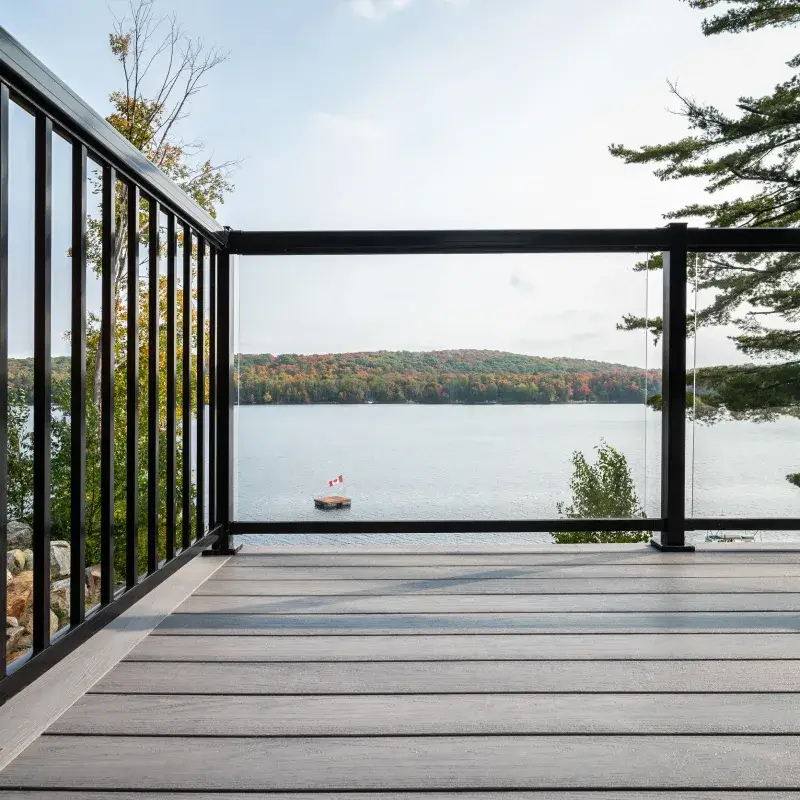
3. Outdoor Living Spaces:
Create inviting outdoor spaces that capitalize on the beauty of your waterfront location. Consider building decks, patios, or terraces that extend towards the water, providing a perfect setting for relaxation and entertainment. Incorporate landscaping elements that complement the natural environment, such as native plants and trees, to enhance the overall aesthetic and ecological balance.
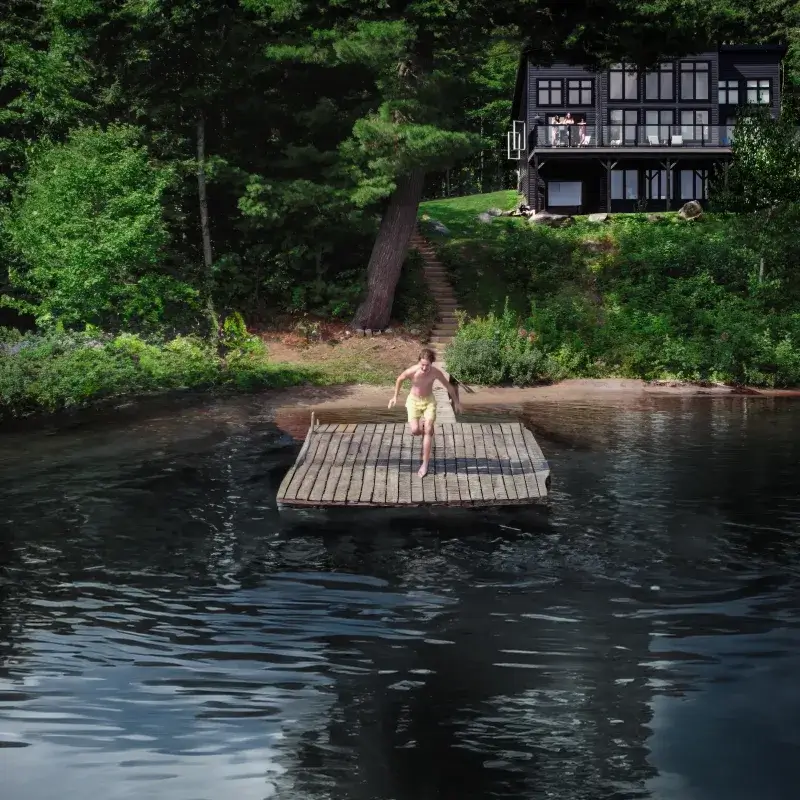
4. Water Access:
Ensure easy and safe access to the water from your property. A well-designed dock or beach area can enhance recreational opportunities, whether it’s for swimming, boating, or fishing. Implement safety measures such as handrails and proper lighting, especially if you plan to use the waterfront at night.
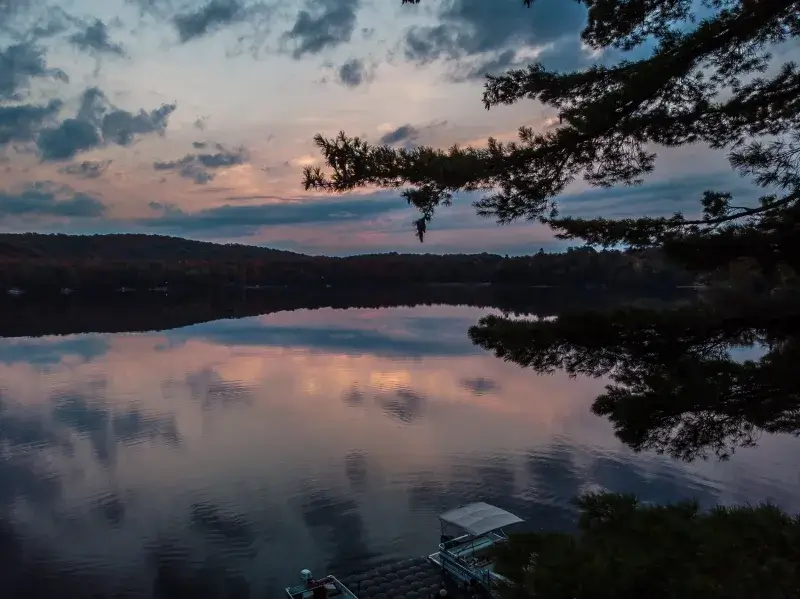
5. Sustainable Design:
Embrace sustainable design principles to minimize your environmental impact. Consider energy-efficient appliances, solar panels, and water-saving technologies. Utilize local materials and native landscaping to reduce the ecological footprint of your waterfront property. Sustainable practices not only benefit the environment but can also result in long-term cost savings.

6. Resilient Design:
Given the vulnerability of waterfront properties to natural elements, incorporate resilient design features to mitigate risks. Elevate structures above potential flood levels, reinforce foundations, and use durable materials that can withstand harsh weather conditions. Work with professionals who understand local building codes and regulations to ensure compliance.
